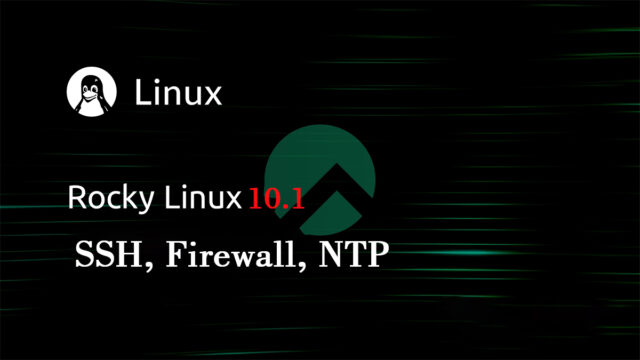 Rocky Linux10.1_en
Rocky Linux10.1_en RockyLinux10.1 : Anti-virus(Clamav) , Mail Server
Clamav1.Clamav Install2.Clam AntiVirus Configuration File E...
 Rocky Linux10.1_en
Rocky Linux10.1_en  Rocky Linux10.1_en
Rocky Linux10.1_en  Rocky Linux10.1_en
Rocky Linux10.1_en  Almalinux10.1_en
Almalinux10.1_en  Almalinux10.1_en
Almalinux10.1_en  Rocky Linux10.1_en
Rocky Linux10.1_en  Rocky Linux10.1_en
Rocky Linux10.1_en  Almalinux10.1_en
Almalinux10.1_en  Almalinux10.1_en
Almalinux10.1_en  Almalinux10.1_en
Almalinux10.1_en  Almalinux10.1_en
Almalinux10.1_en  Almalinux10.1_en
Almalinux10.1_en  Almalinux10.1_en
Almalinux10.1_en  Almalinux10.1_en
Almalinux10.1_en  Debian13.2_en
Debian13.2_en